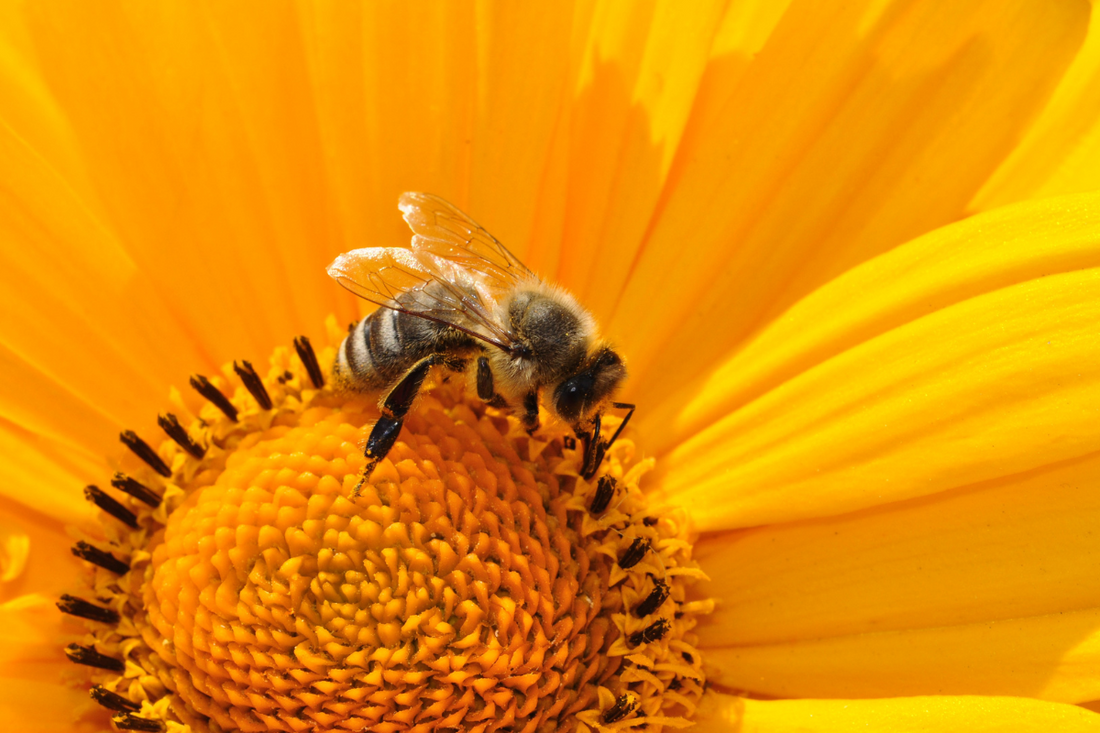Stingless bee honey is known for its distinctive sweet and sour taste that sets it apart from traditional honey.
But have you ever wondered what makes it taste so unique? Recent research has revealed that the sourness of stingless bee honey is due to its high content of polyphenol compounds, particularly those belonging to the phenolic acid group.
Unlike honey from honeybees, stingless bee honey contains an abundance of organic acidic compounds, including coumaric acid, gallic acid, cinnamic acid, caffeic acid, and ferulic acid.
These compounds contribute to the honey's unique taste profile and give rise to the distinct sour notes that are characteristic of stingless bee honey.
So why do stingless bees produce honey with a chemical composition different from honeybees? The answer lies in their foraging behavior.
Stingless bees are polyfloral, meaning they collect nectar from a variety of flowers. This leads to a diverse range of chemical compounds in their honey, resulting in a unique flavor profile.
On the other hand, honeybees are typically monofloral, preferring the nectar of specific flowers around their hives. This difference in foraging behavior results in variations in the chemical composition of the honey produced by these two species of bees.
In short, stingless bee honey's sweet and sour taste results from its unique chemical makeup, rich in polyphenol compounds like phenolic acids. Stingless bees create a product that reflects the diverse flowers they visit, resulting in a flavor profile unmatched by other types of honey.

